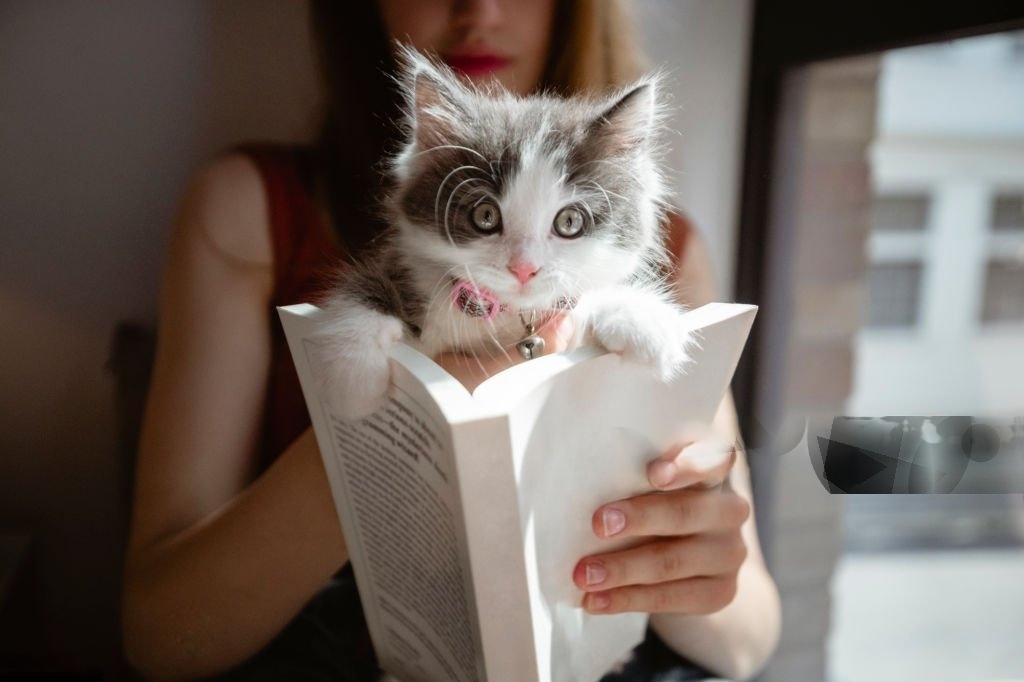The world of early literacy is a world of wonder, where the child is already on a journey of exploring the world through words. Parents and educators can cultivate this passion for reading and the foundation for developing necessary skills. In this regard, books about pets or friendly creatures may greatly help. They present young learners with fascinating and enjoyable material that may help them discover the richness of language.
Why Pet-Themed Books Shine
Books on pets are always placed in a special section of the child’s bookshelf. Our furry, feathery, or scaly creatures are a source of endless love, joy, and amusement to children. Moreover, it is natural for them to be drawn to stories that include such creatures. This inherent interest makes pet-themed books perfect for early learners to help them transition from picture books to reading books.
The Benefits of Reading with Young Children
As this paper aims to show, many advantages can be derived from promoting pet-themed books to children. It is amazing to know that reading can kindle a child’s curiosity and lead them to new experiences and worlds. In addition, it is a critical component in children’s learning of new words and the differentiation of meanings in language. Finally, it is crucial to note that reading together can be a very special activity, which can help people feel close and develop some of the most valuable memories.
Using Picture Books to Build Vocabulary
As picture books are characterized by bright illustrations and short and quite simple plots, they are perfect for introducing new words. Self-help books about pets can be especially helpful in this regard. Stories about puppies, kittens, or even hamsters and guinea pigs can familiarize children with a number of words referring to animals, their feeding, and their actions
Here are some tips for using pet-themed picture books to build vocabulary:
Point and label
When reading together, use your finger to draw attention to various objects or characters in the pictures and name them. Engage your child by asking them to point at something and tell you what they think they see.
Talk about the story
As a conclusion to the reading, engage your child in a discussion about the story. Ask questions about the story, the characters, and the environment. This will assist them in consolidating what they learned about the new words they encountered.
Make connections to real-life
Cue in your child’s experiences with pets so that they can easily relate to the story. Discuss with the child how the pet in the book could be similar or different from his or her pet.
Although learning words is one of the critical components of early reading, it is also essential to help young children develop an interest in reading. In this regard, books about pets can be a delightful tool. If you include these in your child’s early literacy, you will be creating a gateway to learning and fun. Therefore, grab a blanket and a pet store, cuddle with your little one, and let the two of you explore the world of pets together.


